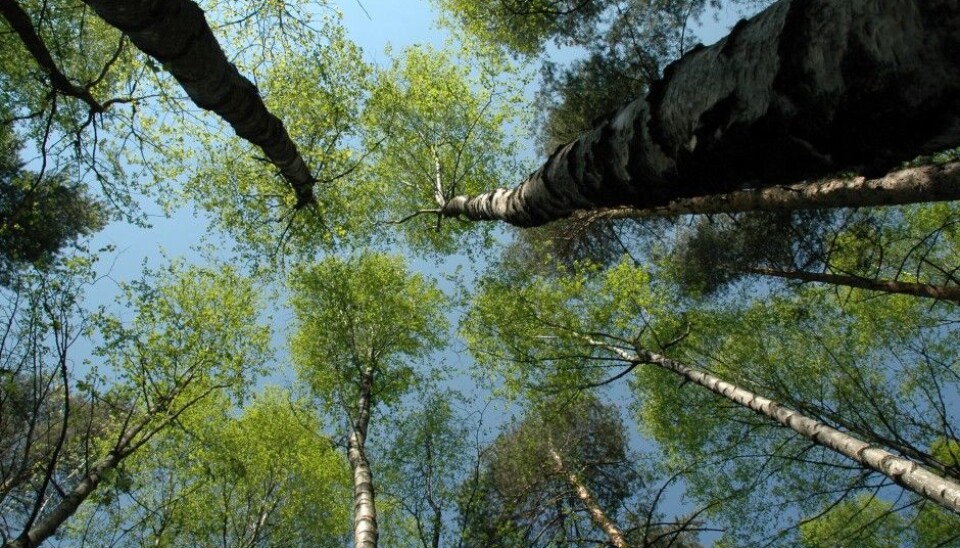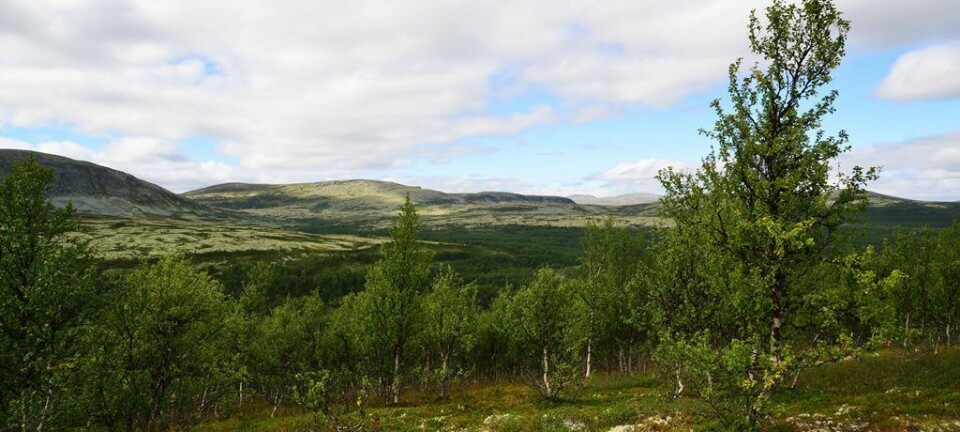This article was produced and financed by NIBIO - Norwegian Institute of Bioeconomy Research

Forests play important part in cooling down local climate
A new study shows how important forests are in keeping much of the planet’s surface cool.
Forests take up CO2 from the atmosphere. At the same time, forests promote the turbulent mixing of air near the surface and transpire large amounts of moisture to the atmosphere.
In addition to their role in the global carbon cycle and hence in global climate regulation, forests play a role in regulating climate locally by exerting important controls on the exchange of water and energy between the surface and the atmosphere.
Although such physical mechanisms have long been understood scientifically, an immature understanding remains as to their importance for the planet as a whole relative to other prominent ecosystems types - like grasslands or croplands.
Combining methods
One way to measure the role of vegetation on local surface temperatures is to measure it directly and compare with other types of nearby vegetation or land cover. Scientists typically do this either by employing satellite observations or in-situ measurements directly.
However, both methods have their drawbacks and limitations. For most locations of the earth, satellites only make a few overpasses on any given day and cannot “see” the surface on cloudy days. As a result, the satellite record is constrained in time and biased towards “clear-sky” conditions, which - in many non-arid regions - comprises the minority. Observations based on measurements taken in-situ bypass these temporal limitations, yet they can only be made for a few limited regions of the earth.
In a recent paper published in Nature Climate Change, an international group of researchers applied a novel approach that combined Earth observations from both satellite and in-situ records to overcome their individual weaknesses and exploit their respective strengths.
Compared forests
They first built a model of important energy exchange processes between the surface and the atmosphere using a global network of in-situ observation for three different types of forest and three non-forest vegetation types typically associated with farming and grazing.
They then ran the models globally with local environmental information obtained from various satellite and other earth observation systems. This allowed them to estimate the surface temperature response when switching from one vegetation type to another under truly average – or “all-sky” - local environmental conditions.
The authors found, as expected, that forests often contribute to an annual cooling of the surface in temperate and tropical regions, and an annual warming in northern high latitude regions. However, what they did not expect to find was that the annual cooling found in the mid- and low-latitudes was nearly as strong as previous estimates based only on “clear-sky” measurements, while the warming in northerly latitudes was much weaker.
“This implies that forests play a more important role locally in cooling the surface in almost all regions of the earth than what was previously understood,” notes Kaiguang Zhao, Assistant Professor at OSU’s School of Environment and Natural Resources and a co-author on the study.
“This really affirms the value of forest conservation and protection policies in the fight against climate change,” he adds.
Shows the importance of forests
The results of the research have several important practical applications, such as in the identification of regions where forest protection, re-forestation, or afforestation policies should be promoted or ramped up.
“Forests do more for us than sequester our CO2 emissions”, says Bright. “And in a world facing increasing competition for land resources for food and livestock production, sensible forest protection policies will be especially critical in our efforts to mitigate climate change, particularly local warming.”
The results of the study also provide a simple way to directly evaluate predictions from climate models. “Climate models vary significantly in their prediction of surface energy fluxes,” notes Kaiguang. “Our results can help us uncover those that need improvement”.

































